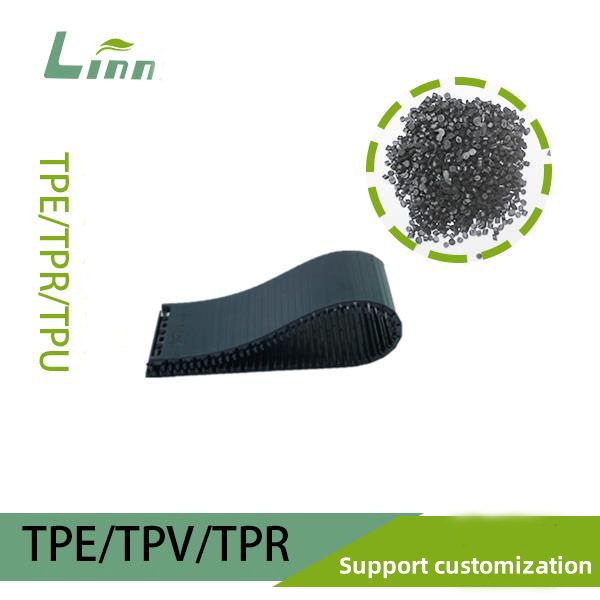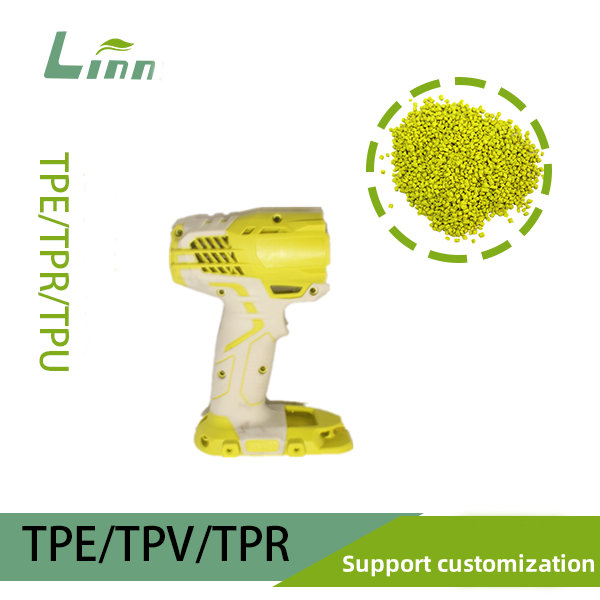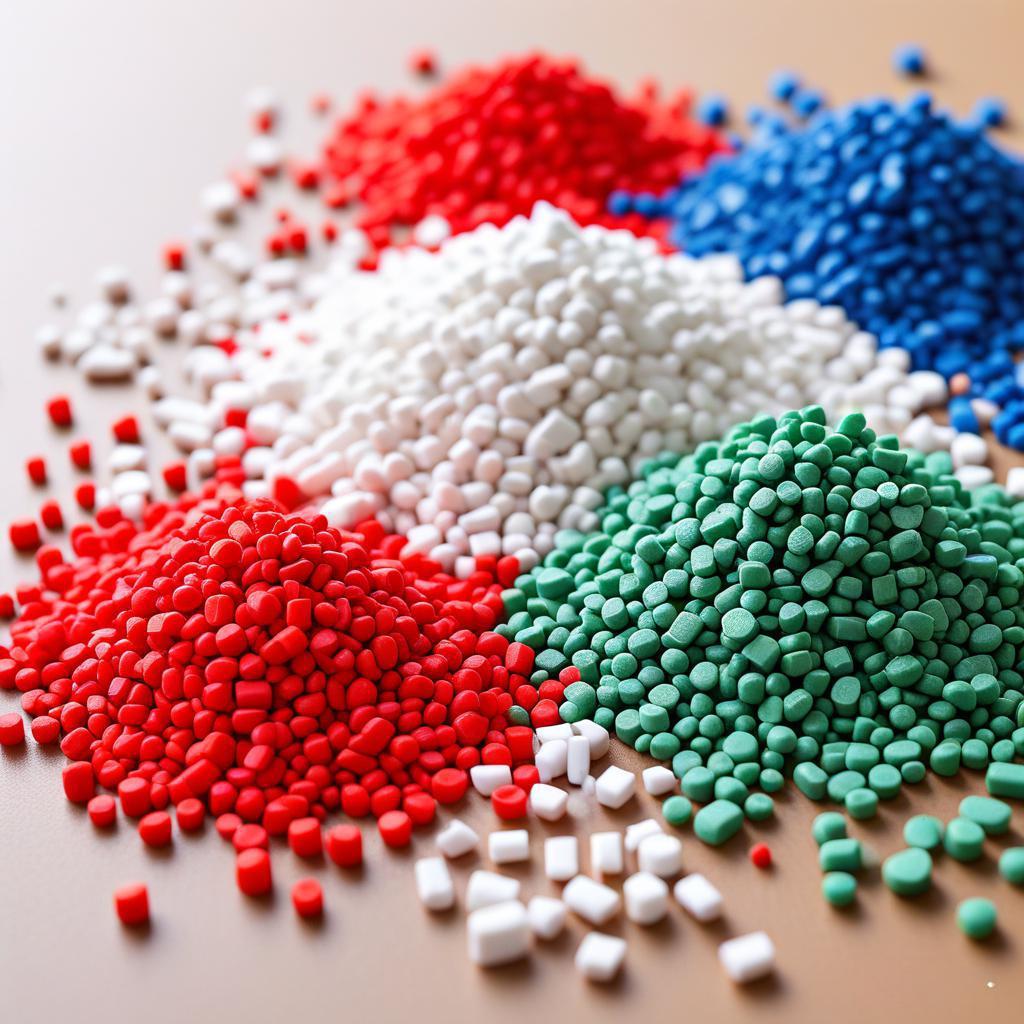I’ve spent over two decades knee-deep in the world of polymers, watching materials like these evolve from lab curiosities into the backbone of everything from car dashboards to medical tubing. There’s something almost alive about them—the way they stretch and snap back, defying the rigid world of straight-up plastics. But let’s cut to the chase: if you’re here, you’re probably staring at a prototype that’s flopping because two promising elastomers just won’t stick together. Maybe you’re tweaking a grip for a power tool, or engineering a flexible seal that needs to hold up under heat and oil. The frustration is real; I’ve been there, scraping failed bonds off molds at 2 a.m., wondering why chemistry feels more like witchcraft.
At its core, your question boils down to compatibility—can thermoplastic elastomer (TPE) and thermoplastic polyester elastomer (TPEE) play nice in the same sandbox? The short answer? Not always seamlessly on their own, but with a bit of clever intervention, they can form bonds strong enough to outlast a marathon. Drawing from years of trial-and-error on production lines, I’ll walk you through why they hesitate to hug it out, how to coax them into it, and what that means for your project. Think of this as a field guide from someone who’s seen more peel tests than I’d care to admit.
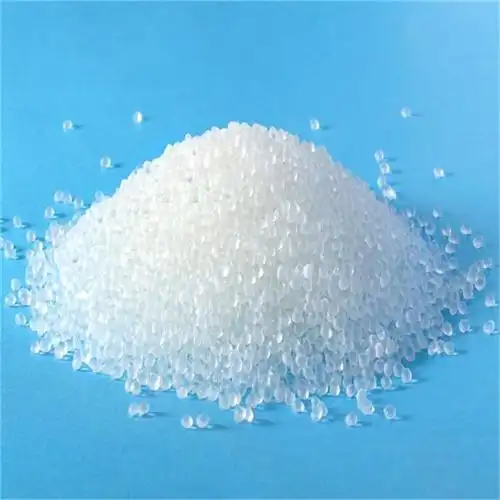
Unpacking the Beasts: What Makes TPE and TPEE Tick?
Picture TPE as that easygoing friend who’s up for anything—flexible, forgiving, and ready to mold into whatever shape you throw at it. It’s a broad family of materials, often built from block copolymers or blends that mix rubbery vibes with plastic’s no-fuss processing. You might run into styrenic types for soft-touch grips or olefin-based ones for weather-tough seals. What sets TPE apart is its low surface energy; it’s slippery by nature, like trying to glue wet soap. That slipperiness comes from non-polar chains that don’t crave deep connections with outsiders.
Then there’s TPEE, the more ambitious cousin with a polyester backbone—think hard crystalline segments locked in like determined dancers, paired with soft polyether twists that keep things bouncy. This duo gives TPEE a toughness that TPE can only dream of: superior heat resistance up to 150°C without wilting, and a chewiness that laughs off oils and chemicals. I’ve handled TPEE in automotive hoses where it shrugs off engine bay scorchers, while a plain TPE might start to soften like overcooked noodles. But here’s the rub: TPEE’s polar personality—thanks to those ester groups—makes it picky about partners. It’s got more grip internally, but crossing paths with TPE’s non-polar chill? That’s where sparks fizzle.
Why does this matter for bonding? Adhesion isn’t just about slapping things together; it’s molecular flirtation. TPE’s chains glide past TPEE’s like oil on water unless you introduce a matchmaker. In my early days compounding blends, I once wasted a week on a TPE-TPEE hybrid for vibration dampers, only to watch it delaminate under basic flex tests. Heartbreaking, sure, but it taught me that understanding their quirks is half the battle.
| Property | TPE Characteristics | TPEE Characteristics |
|---|---|---|
| Flexibility | High elasticity, soft feel (Shore A 20-90) | Balanced bounce with rigidity (Shore D 30-80) |
| Heat Tolerance | Up to 100-120°C, softens easily | Excels at 120-150°C, stays firm |
| Chemical Resistance | Fair against oils, weakens in solvents | Strong against oils, chemicals, hydrolysis |
| Surface Energy | Low (non-polar, tricky to bond) | Moderate (polar, better natural grip) |
The Bonding Ballet: Why They Don’t Always Click
Ever tried high-fiving someone wearing oven mitts? That’s TPE and TPEE without help—close, but no real connect. At the heart, it’s polarity mismatch. TPE, often olefin-heavy, repels like magnets flipped wrong. TPEE’s ester links yearn for polar pals, leaving TPE feeling like an awkward wallflower. Under a microscope, you’d see weak van der Waals whispers instead of covalent handshakes, leading to peel failures that crack under stress.
From my shop floor stories, I recall a client rushing flexible tubing for hydraulic lines. They molded TPE over TPEE cores expecting seamless fusion—big mistake. The bond held statically but shredded during bends, costing a recall scare. Why? Insufficient interdiffusion; the molten TPE couldn’t weave into TPEE’s crystalline zones fast enough. Heat plays cupid here—too low, and chains stay shy; too high, and you risk degrading TPEE’s structure, turning it brittle like overbaked bread.
Surface prep is another drama queen. TPEE’s low moisture pull helps, but contaminants like mold release oils sabotage everything. I’ve seen pristine samples bond beautifully in lab tests, only to flop in production because of a overlooked wipe-down. And don’t get me started on aging: UV or humidity can erode interfaces over time, making what seemed solid feel like tissue paper after a year outdoors.
Yet, it’s not all doom. These materials share thermoplastic DNA, so with tweaks, they entwine like vines on a trellis. The key? Bridge that polarity gap without forcing a shotgun wedding.

Coaxing the Connection: Techniques That Actually Work
Alright, let’s roll up sleeves—this is where the magic happens. I’ve tinkered with these tricks across factories from Detroit to Shenzhen, and trust me, the right nudge turns headaches into high-fives.
Start with overmolding, the gold standard for intimate bonds. Inject molten TPE onto a TPEE substrate, letting heat (around 200-220°C for TPE, 230-250°C for TPEE) drive chain mingling. But timing is everything; that brief window—seconds, really—demands precise mold temps (80-100°C) to avoid thermal shock. In one project for ergonomic handles, we preheated TPEE inserts to 120°C, boosting peel strength by 40%. Feels like giving the materials a warm embrace before the dance.
Adhesives step in when molding’s not an option. Cyanoacrylates zip fast for small joins, biting into prepped surfaces like a hungry beaver. For heftier loads, epoxies or polyurethanes flex with the bond, absorbing vibes without cracking. I swear by silane primers here—they etch TPE’s slick hide, creating hooks for TPEE to latch onto. Picture it: a gritty handshake that lasts.
Blending’s my secret sauce for hybrid beasts. Mix 20-30% TPEE into TPE matrices for tuned resilience, or vice versa for softer edges. Compatibilizers—fancy chain-linkers—oil the wheels, preventing phase separation. Years back, I formulated a TPE-TPEE mashup for conveyor belts; it flexed like rubber but endured chemical splashes, saving downtime that would’ve bled budgets dry.
Surface treatments? Plasma etching zaps electrons to amp polarity, turning rejects into rockstars. Flame treatment’s old-school charm works too, oxidizing topsides for grip. And mechanical anchors—undercuts or textures—lock ’em physically if chemistry lags.
| Technique | Best For | Pro Tip from the Trenches |
|---|---|---|
| Overmolding | Seamless, load-bearing parts | Preheat substrates; aim for 15+ pli peel |
| Adhesives | Post-mold assembly | Pair with primers for 2x strength |
| Blending | Custom hybrids | 10-20% compatibilizer avoids clumps |
| Surface Prep | Quick fixes | Plasma for precision; avoid overkill |
Real-World Romances: Where TPE and TPEE Wedded Bliss Shines
Nothing beats stories from the front lines. Take automotive wiring harnesses: TPE jackets for flexibility, TPEE inners for heat defiance. Bonded via co-extrusion, they snake through engines unscathed, cutting weight by 15% over metal alternatives. I consulted on a line where failures dropped 80% post-compatibilizer tweak—pure joy watching prototypes endure 1000-hour ovens.
Consumer gadgets tell sweeter tales. Smartphone cases blend TPE’s tacky grip with TPEE’s drop toughness; overmolded edges hug frames without glue lines. One brand I worked with hit viral status—users raved about the “unbreakable hug” feel. Or medical catheters: TPEE shafts resist kinks, TPE tips soften insertions. Adhesive bonds here save lives, literally, by preventing leaks under sterile stress.
Industrial gears? Vibration mounts marry the pair for machines that hum smooth. Blends dampen noise like a hush blanket, extending gear life twofold. And footwear—ah, the soles that tread worlds. TPE midsoles cushion strides, TPEE outsoles claw terrain. I’ve laced up prototypes that felt like walking on clouds armored in steel.
Challenges crop up, sure. A wire maker once battled delamination in humid climes; we switched to plasma-prepped blends, restoring faith. These wins? They’re why I stick with this field—the thrill of turning “impossible” into inventory.
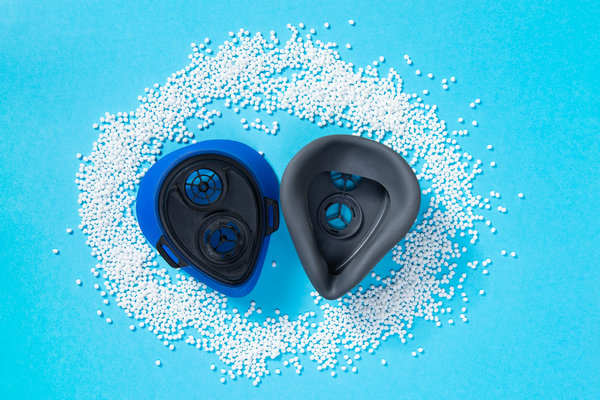
Eyes on the Horizon: Future Flings for TPE and TPEE
Innovation’s brewing, and it’s intoxicating. Nanofillers—like graphene whispers—could supercharge interfaces, knitting bonds at atomic scales. Bio-based tweaks promise greener glues, ditching petro-roots for plant-derived elastomers that bond guilt-free. I’ve glimpsed labs where AI predicts compatibility, slashing trial times from weeks to hours. Imagine: upload specs, get a bond blueprint. Game-changer for startups scraping budgets.
Sustainability’s the siren call. Recyclable hybrids could loop TPE-TPEE scraps into endless cycles, easing landfill guilt. Heat-resistant grades for EVs? They’re coming, fusing TPEE’s fireproof soul with TPE’s bendy heart for battery seals that won’t betray under blaze.
From my vantage, the duo’s potential feels boundless—like two rivers merging into a mighty flow. But it’ll demand bold experiments; complacency breeds cracks.
Wrapping the Bond: Your Takeaway Toolkit
We’ve journeyed from molecular mismatches to masterful merges, and if nothing else, remember: TPE and TPEE can bond, but they need your nudge. Whether overmolding’s heat-kissed fusion or adhesives’ sticky spell, the path’s paved with prep and patience. I’ve chased these connections across continents, each success a quiet triumph over entropy.
So, what’s your hurdle? A finicky prototype or scaling woes? Dive in—test boldly, fail fast, bond fiercer. These materials aren’t just stuff; they’re extensions of ingenuity, waiting to flex with your vision.
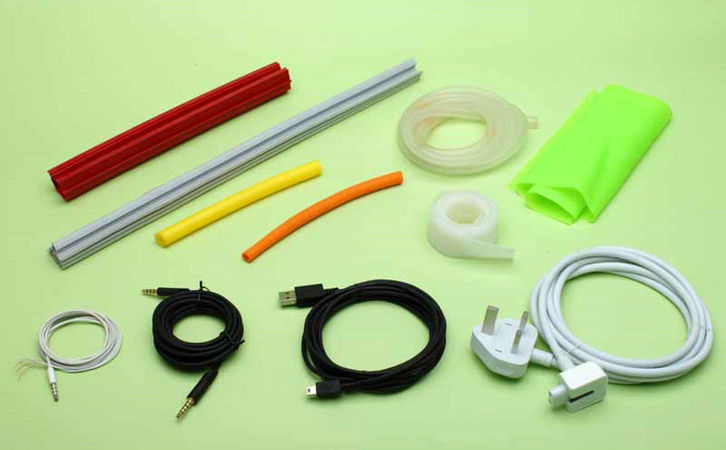
Quick Q&A: Bonding Bites and Insights
Q: What’s the quickest way to test if TPE and TPEE will stick? A: Grab a peel test kit—ASTM D903 style. Mold a T-bar, yank at 90 degrees. Over 15 pounds per inch? You’re golden. Under 10? Time for primers or plasma.
Q: Can I bond them without fancy equipment? A: Absolutely—flame treat surfaces outdoors (safely!), then epoxy. It’s garage-guru level, but I’ve MacGyvered prototypes this way on shoestring budgets.
Q: How does humidity mess with their bond? A: It swells TPEE slightly, loosening grips. Dry your workspace to 40% RH; it’s like giving them a crisp autumn day instead of a soggy spring.
Q: Are there eco-friendly adhesives for this duo? A: Yes—water-based polyurethanes or bio-epoxies from soy. They bond green without gassing up the planet. Tested one in a solar panel seal; held through monsoons.
Q: What’s the biggest mistake newbies make? A: Skipping surface cleans. Oils from fingers or molds sabotage like invisible saboteurs. Wipe with IPA—simple ritual, massive payoff.
Q: Can they bond in high-vibe apps, like engines? A: With blends, yes. TPEE anchors the heat, TPE absorbs shakes. Saw it in a forklift mount—vibrated like a beast, bonded like kin.

